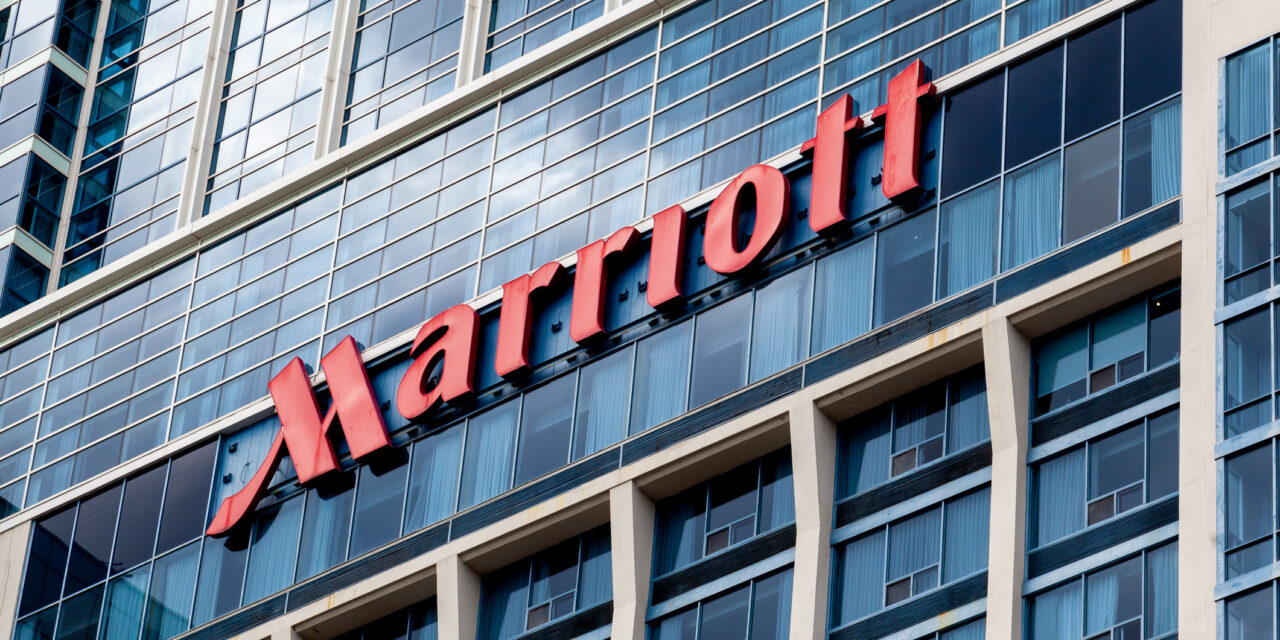Marriott, the renowned hotel chain, reported robust performance in the latest quarter, primarily attributed to a surge in international travel. Quarterly earnings data, released on November 2, revealed an impressive 8.8% increase in Revenue Per Available Room (RevPAR). Particularly noteworthy was the 22% RevPAR growth for their international properties, with a special focus on the Asia/Pacific (APAC) region.
During an earnings call, Leeny Orberg, the Chief Financial Officer of Marriott, underscored the significance of consumer preferences for experiential spending. She emphasised that this trend spans a wide spectrum, encompassing events such as music concerts, professional sports games, and youth athletics. According to Orberg, it reflects a realisation that travel is an essential component of life, universally appreciated.
CEO Anthony Capuano also commented on the evolving landscape of consumer spending, highlighting a shift across age groups. He pointed out that the trend of prioritising experiences was more prominent among younger generations even before the pandemic. Today, this trend appears to be embraced across different generations, presenting favourable prospects for Marriott’s business.
This marks the second consecutive quarter where Marriott has experienced an upswing in RevPAR, primarily driven by the increased demand from travellers in Asia. Capuano mentioned that Greater China rebounded quickly once travel restrictions were lifted in January, surpassing pre-pandemic RevPAR levels during the second quarter.
In his recent statement, Capuano expressed optimism for the future, particularly concerning “international airlift to China.” He reported that international airlift capacity in Greater China was at approximately 50% of the 2019 levels by the end of the third quarter, with expectations to reach around 60% by year-end.
These developments in Marriott’s performance coincide with the rising use of financial tools like “buy now, pay later” (BNPL) for funding travel. Experts believe that BNPL options offer consumers a flexible approach to booking and paying for their desired trips while utilising their available funds. Additionally, these options extend to various merchants and service providers, enabling consumers to spread the cost of goods, meals, and tours over time.










